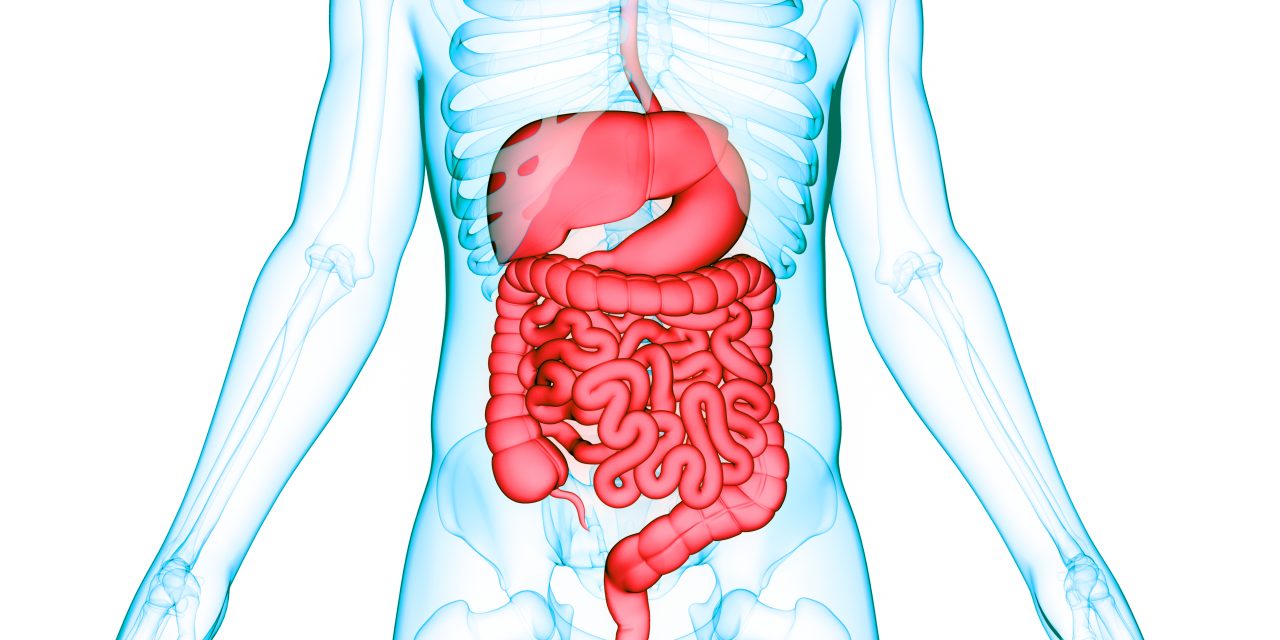Early infancy is rife with functional gastrointestinal disorders (FGD). Anorectal manometry (AM) was used to rule out aganglionosis in severe defecation issues. Although high-resolution anorectal manometry (HRAM) might enhance diagnoses, normative data in newborns were limited. For a study, researchers sought to collect HRAM data in healthy newborns in general and in subgroups of infants with FGD, which are classified as functional constipation (FC), infant colic (IC), and infant dyschezia (ID) (ROME 3 criteria).
The prospective observational cohort research recruited healthy term babies who had HRAM at 2 and 6 months utilizing a pediatric anorectal silicone catheter. The existence of anorectal waves and the rectoanal inhibitory reflex (RAIR), the volume required to induce RAIR, and the anal resting pressure were also recorded (ARP). Subjects with FC, IC, and ID were identified using questionnaires administered at 2 and 6 months.
There were no issues in the 187 HRAM examinations performed on 107 newborns. In at least one case, normal RAIR was discovered in everyone. In babies without FGD, the mean ARP rose between the 2- and 6-month examinations. There were no additional variations in HRAM data between babies who had an FGD and those who did not. FC, IC, and ID were observed at 2 months (2%, 4%, and 17%, respectively), whereas only FC and ID were observed at 6 months (7% and 1%).
They had HRAM data for babies aged 2 and 6 months. RAIR was discovered in all patients after performing repeated HRAM on healthy newborns. HRAM was safe and well-tolerated in newborns with or without FGD.
Reference:journals.lww.com/jpgn/Abstract/2022/03000/High_Resolution_Anorectal_Manometry_A_Prospective.8.aspx


